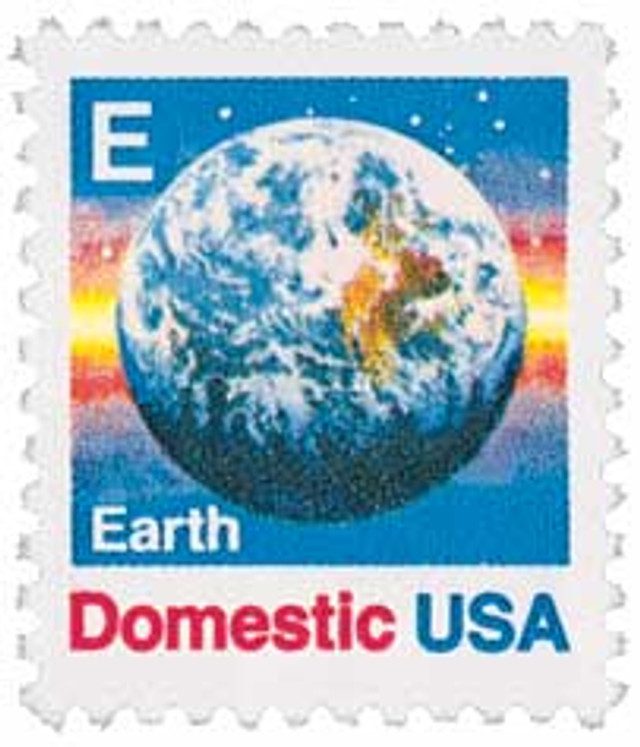
On October 11, 1968, NASA launched Apollo 7, the first crewed mission of the Apollo program and America’s first manned flight since the tragic Apollo 1 fire the previous year. The launch took place from Cape Kennedy, Florida, atop a Saturn IB rocket. As the rocket thundered skyward at 11:02 a.m. Eastern Time, it carried not only three astronauts but also the hopes of a nation determined to recover its confidence in space exploration. The success of Apollo 7 would prove to be a crucial turning point, restoring faith in NASA’s ability to send humans safely to the Moon.
The Apollo 1 disaster in January 1967 had shaken NASA to its core. During a preflight test, a cabin fire claimed the lives of astronauts Gus Grissom, Ed White, and Roger Chaffee. Investigators found that the spacecraft’s pure oxygen atmosphere, combined with flammable materials and a faulty electrical system, had turned the capsule into a death trap. In the aftermath, NASA completely redesigned the command module, improving safety systems, wiring, and materials. For more than 21 months, there were no crewed missions as engineers worked to ensure that such a tragedy would never happen again. Apollo 7 was the mission meant to prove that the redesigned spacecraft was safe and reliable.

The Apollo 7 crew consisted of Commander Walter M. Schirra Jr., Command Module Pilot Donn F. Eisele, and Lunar Module Pilot R. Walter Cunningham. All three were experienced test pilots, and Schirra was a veteran astronaut who had flown on both Mercury and Gemini missions. Their main job was to test the new Block II Apollo command and service module in Earth orbit and verify every system—from life support to propulsion—before NASA attempted to send astronauts to the Moon.
The mission plan called for an 11-day flight, orbiting Earth more than 160 times. The spacecraft was launched into orbit without a lunar module, as the focus was solely on testing the command module. Once in orbit, the crew began a series of detailed tests: checking the spacecraft’s electrical systems, testing engine burns, verifying the guidance computer, and practicing docking maneuvers using the upper stage of the rocket as a stand-in for the lunar lander. The crew’s ability to communicate and maneuver accurately was essential for future Moon missions, which would require precise rendezvous between two spacecraft hundreds of thousands of miles from Earth.
Apollo 7’s command and service module performed nearly flawlessly, and the mission quickly gained momentum. The astronauts tested the engine on the service module, firing it eight times during the mission. Each burn worked as expected, proving that the engine could restart reliably—a critical requirement for lunar flight. The crew also evaluated the environmental control systems, navigation instruments, and fuel cells, all of which functioned well throughout the mission.
One of the most memorable aspects of Apollo 7 was its role in broadcasting the first live television transmissions from space. Beginning on October 14, the crew sent back moving images of themselves floating inside the capsule, eating, sleeping, and working. Millions of Americans tuned in to watch these broadcasts, which the astronauts playfully called “the Wally, Walt, and Donn Show.” The transmissions helped humanize the astronauts and gave the public a rare look inside the spacecraft. NASA later awarded the crew an Emmy Award for Outstanding Achievement in Broadcast Journalism, a unique honor for astronauts.
After 10 days, 20 hours, and 9 minutes in orbit, Apollo 7 reentered Earth’s atmosphere on October 22, 1968, splashing down in the Atlantic Ocean near Bermuda. The mission had accomplished every major objective, demonstrating that the Apollo spacecraft was ready for more ambitious flights. The crew was safely recovered by the aircraft carrier USS Essex, and the capsule was returned to NASA for study.
Apollo 7’s success marked a vital milestone in America’s race to the Moon. It restored public confidence in NASA and paved the way for Apollo 8, which would orbit the Moon just two months later in December 1968. Without Apollo 7’s thorough testing and verification, that historic mission—and the eventual Moon landing of Apollo 11 in 1969—would not have been possible.
| FREE printable This Day in History album pages Download a PDF of today’s article. Get a binder or other supplies to create your This Day in History album. |
Discover what else happened on This Day in History.




I absolutely loved this article! I am not a huge space fan, but I am so happy that the USA have been able to send astronauts to the moon after the success of The Apollo 7 mission!
What a great time to be alive and witness a new frontier. Of course this new frontier is much harder to tame than expected. But how bold these men were
I agree!👍🏽🇺🇸⚓️
Whole heartedly agree guys